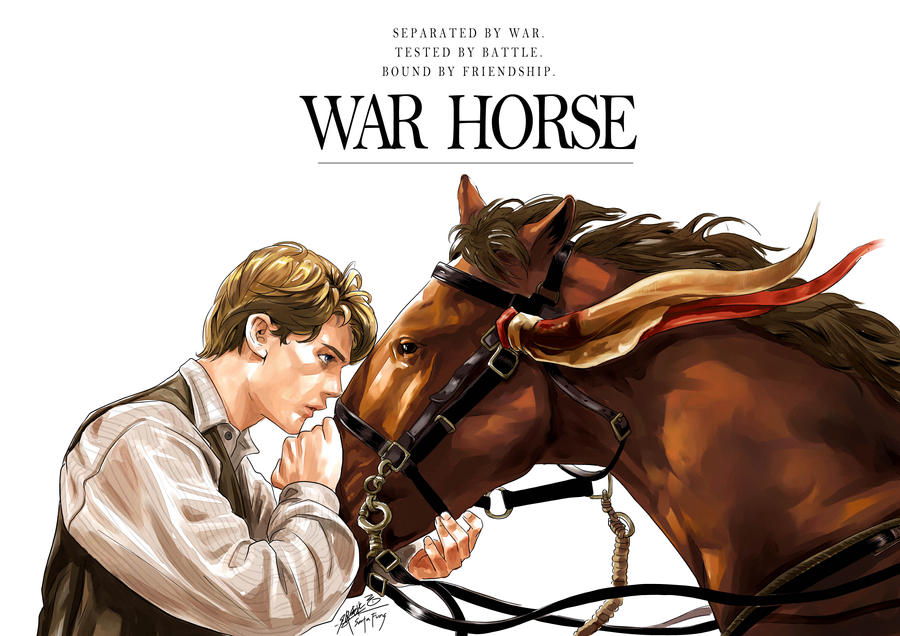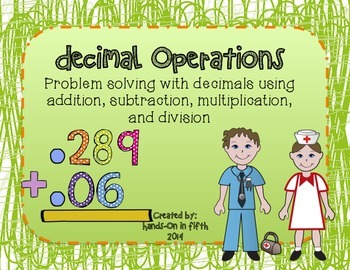I love English Language Arts. Reading and writing are my favorite thing to teach (Social Studies comes in a close second with Math and Science trailing by about a million miles). In fact, one of my main reasons for becoming a teacher was because of my experiences with ELA classes (that is an entirely different post...). Perhaps the greatest thing about reading and writing is that you can really hone in on the things that interest you. When you learn about Science you have to learn all about magnets. There is no choice. In contrast to this, if I do not want to read books in the science fiction genre I do not have to. The literature world is a wonderful world indeed!
Within my classroom, one of my biggest pushes is self-selection of text. With that being said, if my high readers are choosing to read Captain Underpants I start to do an "I'm going to go crazy" dance. Now I let them have a break book every once in a while. After all, the brain needs down time too, but if I see more than one Geronimo Stilton book being read... the dance begins.
I use Fountas & Pinnell to obtain my students' guided reading levels. I complete the assessment 2-3 times per year (at least I make every attempt to do this, time constraints can hinder this) and use the information that I learn to help the student make wise reading choices. They are responsible for using the information about their reading to select their independent reading books at a level appropriate for them. I also use the information to select novel study books for the students to choose from. Here are the steps that I follow:
- The students with a like Guided Reading Level are given multiple copies of 3-4 books at their level. Each student reads the back and first chapter of the book.
- The group (sometimes I break the group into smaller groups if I have more than 5 students at the same level) then conducts an informed vote of which book they would like to read. I break ties with a coin flip and the runner-up becomes the next book.
- The group evaluates their book and determines the reading assignments, usually 2-3 chapters per night, and documents the readings in their assignment book. They always provide me with calendar of their reading as well.
- The students complete their reading as scheduled. With each chapter they fill out an index card with vocabulary terms that they did not understand and at least 2 "why" questions.
- Every other day the students meet with their group, discuss their reading and index cards, and conduct their own "Book Club". I meet with each group, some more than others depending on their needs, to facilitate enrichment, additional discussion, and provide clarification as needed.
This Novel Study format works wonderfully. It enables students to use peer collaboration to challenge themselves and learn/practice responsibility. It also allows me the opportunity to work more in-depth with students who need remediation and assistance through small groups, one-on-one, close reads, and more.
As the school year is drawing to a close I realized that I wanted to see just how much growth and independent reading skills my students have. I know the data, most of my class started at or below level in reading and now most are above grade level. Their final assignment was to read a great piece of literature and complete a more traditional novel study. This assignment is still a self-paced assignment and I have to say my students were excited to hear that when they completed the book they completed their reading assignments from me for the year. I have never 25 more motivated students who were asking to read for a longer time.
I created the novel studies for my class and my personal favorite is now available on Teachers Pay Teachers. It is amazing and highlights the great novel, War Horse. For each reading assignment there is a vocabulary activity, reading comprehension, and 6th grade enrichment activities. This book is a Guided Reading level Z so it is a bit challenging, but I have students who are ready for it. If you would like to check it out and use it with your kiddos please feel welcome to get all of the information here.

